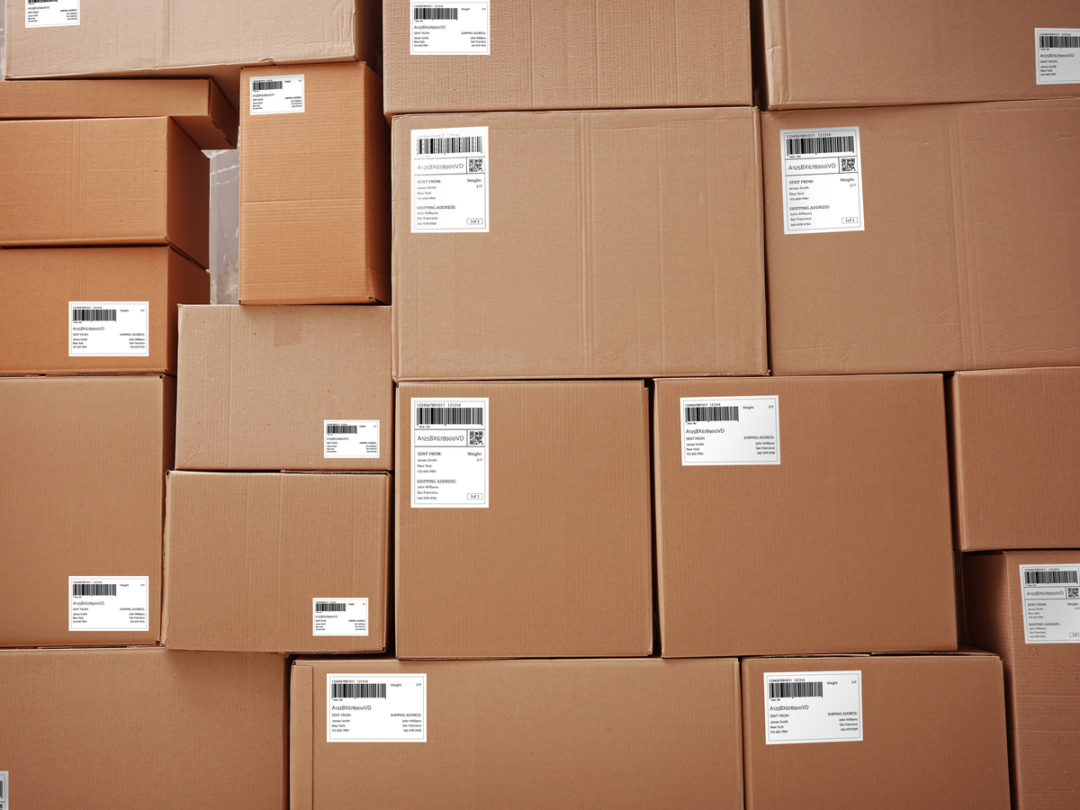
When delivery delays occur, a host of reactions can ensue. Inventory backlogs are just one of the consequences that can arise from clogged delivery processes. The good news is that retailers can use routed deliveries to reduce inventory backlogs and other unpleasant shipping issues.
Inventory backlogs occur when a business accumulates a buildup of unfulfilled orders or incomplete work in the fulfillment and shipping process. These backlogs can happen when one or several factors in the fulfillment process are disrupted:
Supply chain disruptions. The COVID-19 pandemic has impacted manufacturing companies and retail businesses. These industries go hand-in-hand because in order to sell retail products, proper manufacturing needs to occur without a hitch. Due to the pandemic, we've seen shortages in receiving material goods, which have caused supply chain disruptions in manufacturing. This has led to fulfillment and shipping delays in retail goods.
No dedicated routes or maps. Inventory backlogs can also happen when businesses lack dedicated delivery routes or maps for their drivers. These strategic last-mile routes are the final phase in completing the delivery process and are essential for time management and order fulfillment. Without a strategic routed delivery plan, drivers may waste more time on the road and add empty miles trying to spontaneously map out their own routes.
Lack of driver capacity. In addition to the above, some businesses are experiencing an increase in inventory backlogs due to a lack of capacity. Even if a company has the best business operations, they simply cannot fulfill orders without having the necessary number of drivers to physically deliver these shipments.
In order to reduce inventory backlogs, retailers need to adequately prepare for every part of the delivery process by creating a routed delivery plan and hiring the right workers — or better yet, work with a partner that specializes in developing routed delivery programs.
Reducing inventory backlogs starts with creating a comprehensive last-mile routed delivery strategy. Last-mile logistics begins with the transportation of products from a distribution center or warehouse and ends with delivering the item to the customer’s doorstep. By creating your own routed delivery strategy (or by utilizing the help of a routed delivery partner), you can experience certain benefits, including clear and strategic routes, and being prepared for the unexpected.
In order to save time and effort, drivers need a pre-planned routed delivery map to follow. This delivery plan will map out the best route for drivers to stay on schedule and reach their destinations without compromising time. With hundreds of stops on their agenda, routed deliveries will help drivers better organize these numerous stops and create the most efficient way to reach each of their drop-off destinations.
Detours and high traffic areas can significantly delay drivers on their routes. Having a clear and strategic routed delivery schedule for each of your drivers will help plan for the unexpected. With a methodical routed delivery plan, drivers can quickly pivot to the most efficient alternative route and spend less time driving empty miles. By preparing well-oiled routed deliveries, businesses can decrease fuel costs, on-the-road hours, and long-term truck maintenance.
Even if you plan out the most strategic routed delivery schedule, you can’t fulfill your deliveries without drivers. If your company has been experiencing an increase in inventory backlogs due to reduced capacity, knowing where to hire skilled, reliable drivers to tackle your deliveries is a must. However, the search and hiring process can be time-consuming. It can take weeks or even months to interview potential employees, then hire and train drivers. To speed up the process, you can utilize a partner that can not only provide help with creating intricate routed delivery strategies, but also provide drivers that are thoroughly vetted, trained, and ready to deliver bulky shipments.
If reducing inventory backlogs is on your list of things to do as a retailer, strategizing a routed delivery plan as quickly as possible is highly recommended. If you need a helping hand, consider working with an experienced shipping and delivery organization. By partnering with a trusted delivery provider, you can receive expert help on creating the best routed delivery strategy for your business operations, and you can hire proficient drivers to fulfill your labor capacity. With a solid plan and people in place, you can reduce inventory backlogs and increase more customer smiles with every successful delivery.
Jay Sackos is a vice president at Dolly.







